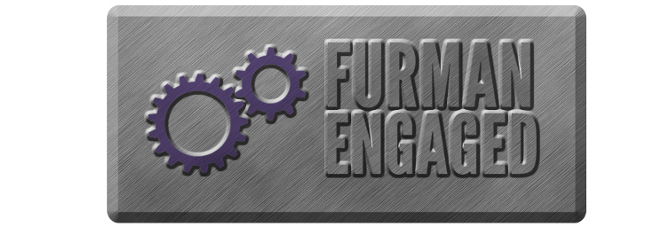Diffusion Study of Molten Core Method
Department, Center, or Institute
Physics
Presentation Format
Poster (less than 64")
Presentation Type
Research
Description
The increasing demand in volume different industries are placing on optical fibers has created a greater need for specialized optical fibers that have an enhanced functionality. One way that these needs are being met is with the development of an alternative method for the fabrication of optical fibers known as the “molten-core method.” This method allows for the use of unconventional core materials as well the cheap production of large lengths of fiber. However, the dissolution and subsequent diffusion interactions that occur at the interface between the core and the cladding during the molten core process are not yet completely understood. The purpose of this study was to investigate how draw temperature and preform size affect this dissolution and diffusion process. There appeared to be a general increase in the percentage of silicon dioxide as compared to that of aluminum oxide and lanthanum oxide within the core of the fibers as both temperature and core size of the preform precursor increased. However, it is difficult to make definitive conclusions about these results without further study.
Is This Part of a Department Organized Oral Session?
No
Session Number
2
Start Date and Time
4-12-2016 10:30 AM
End Date and Time
4-12-2016 11:50 AM
Location
PAC
Recommended Citation
Pinion, Lauren, "Diffusion Study of Molten Core Method" (2016). Furman Engaged!. 218.
https://scholarexchange.furman.edu/furmanengaged/2016/all/218
Diffusion Study of Molten Core Method
PAC
The increasing demand in volume different industries are placing on optical fibers has created a greater need for specialized optical fibers that have an enhanced functionality. One way that these needs are being met is with the development of an alternative method for the fabrication of optical fibers known as the “molten-core method.” This method allows for the use of unconventional core materials as well the cheap production of large lengths of fiber. However, the dissolution and subsequent diffusion interactions that occur at the interface between the core and the cladding during the molten core process are not yet completely understood. The purpose of this study was to investigate how draw temperature and preform size affect this dissolution and diffusion process. There appeared to be a general increase in the percentage of silicon dioxide as compared to that of aluminum oxide and lanthanum oxide within the core of the fibers as both temperature and core size of the preform precursor increased. However, it is difficult to make definitive conclusions about these results without further study.

